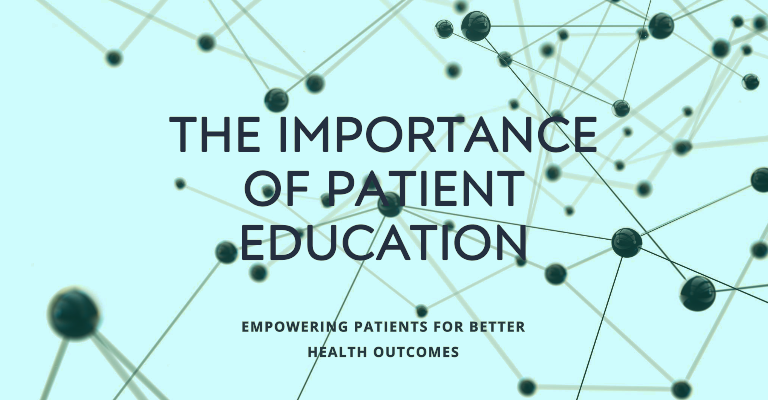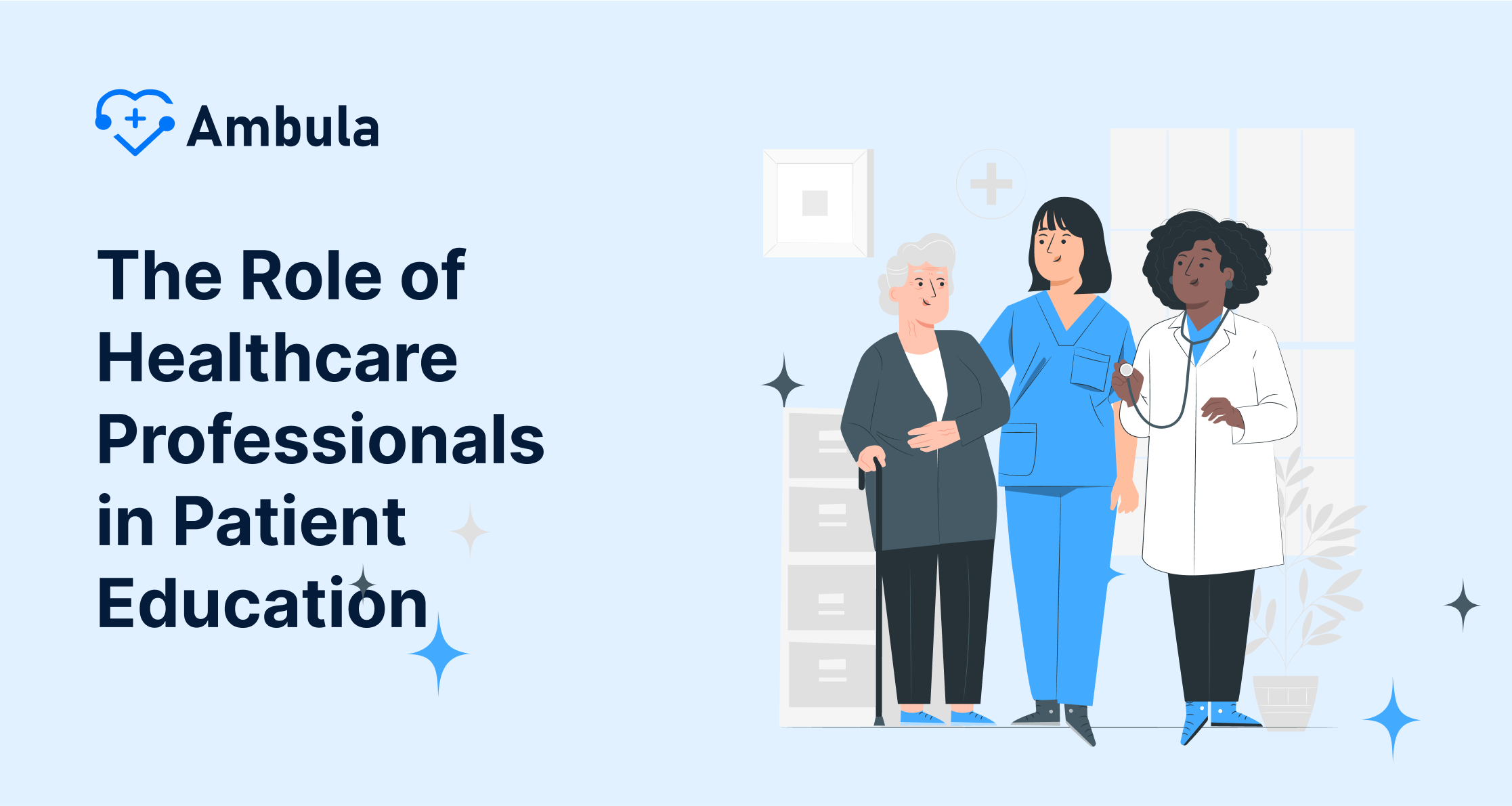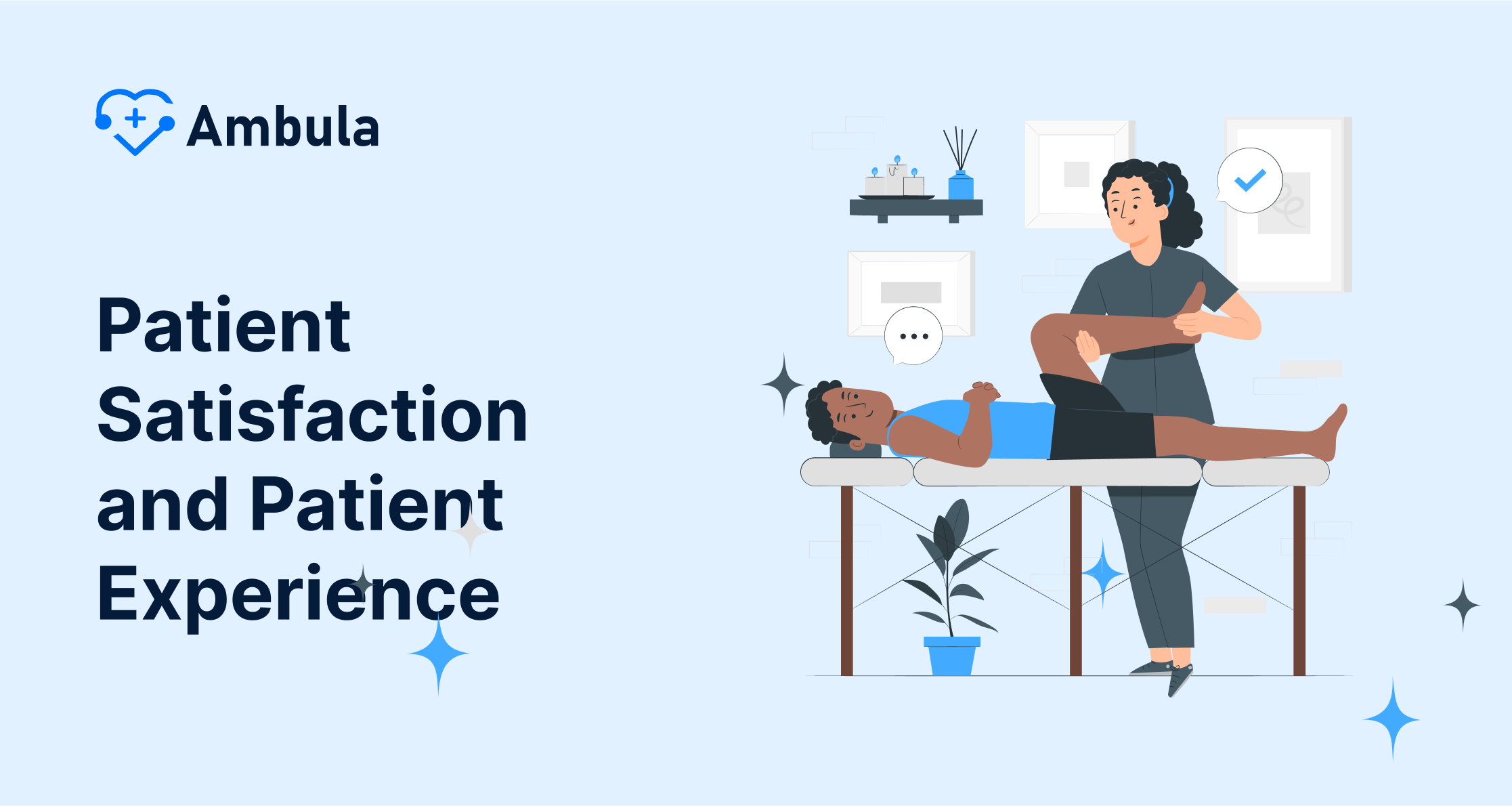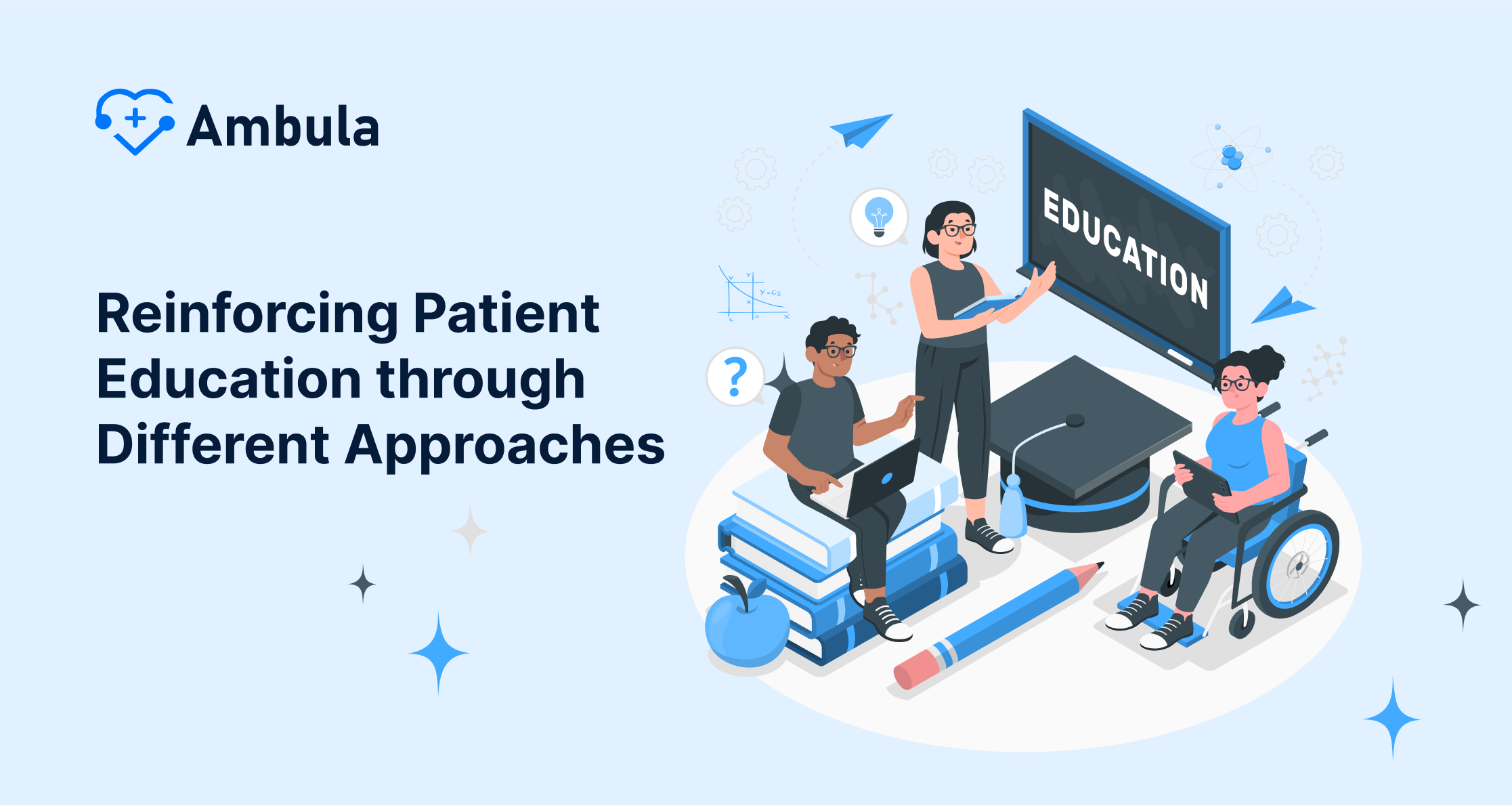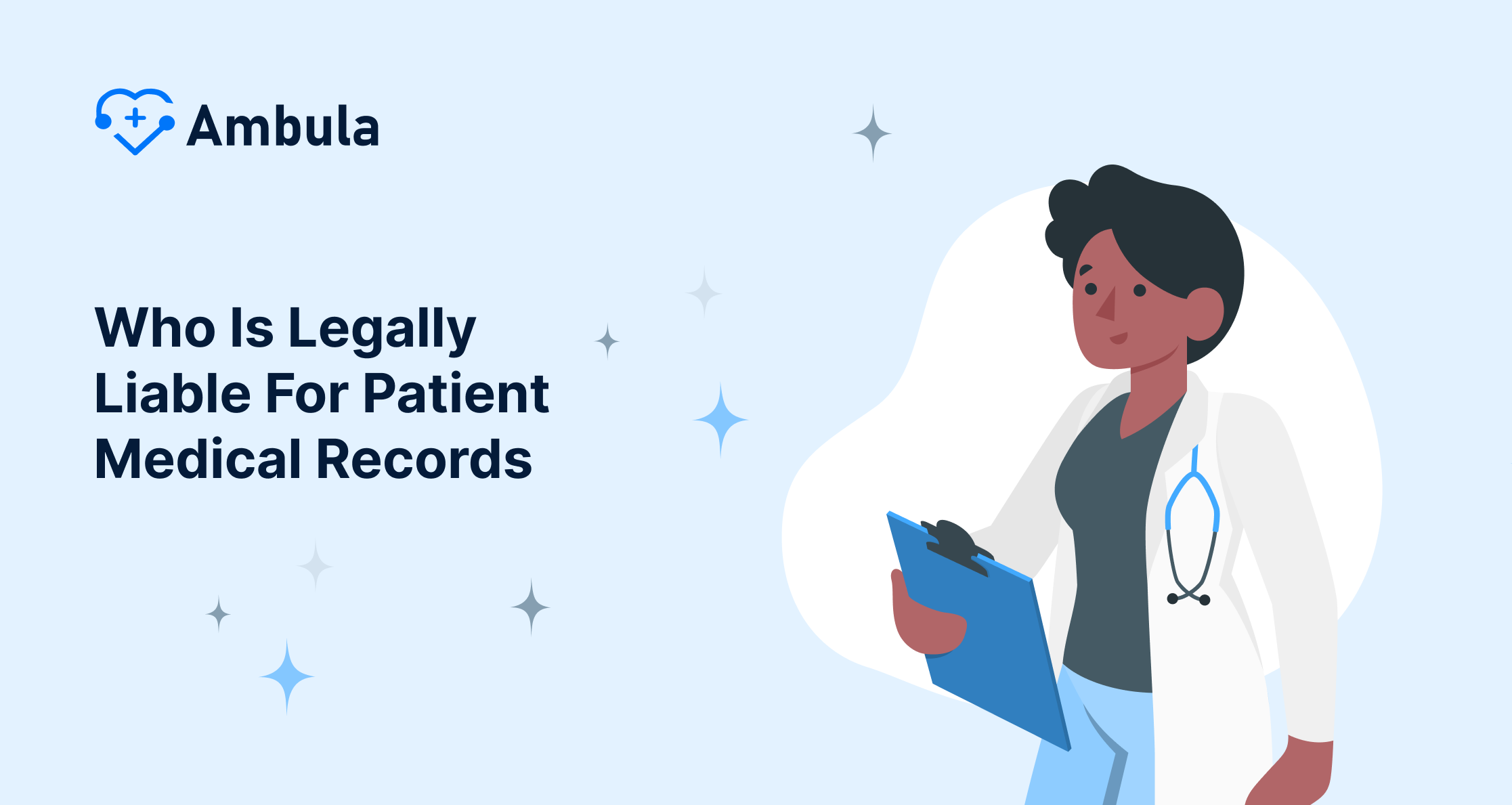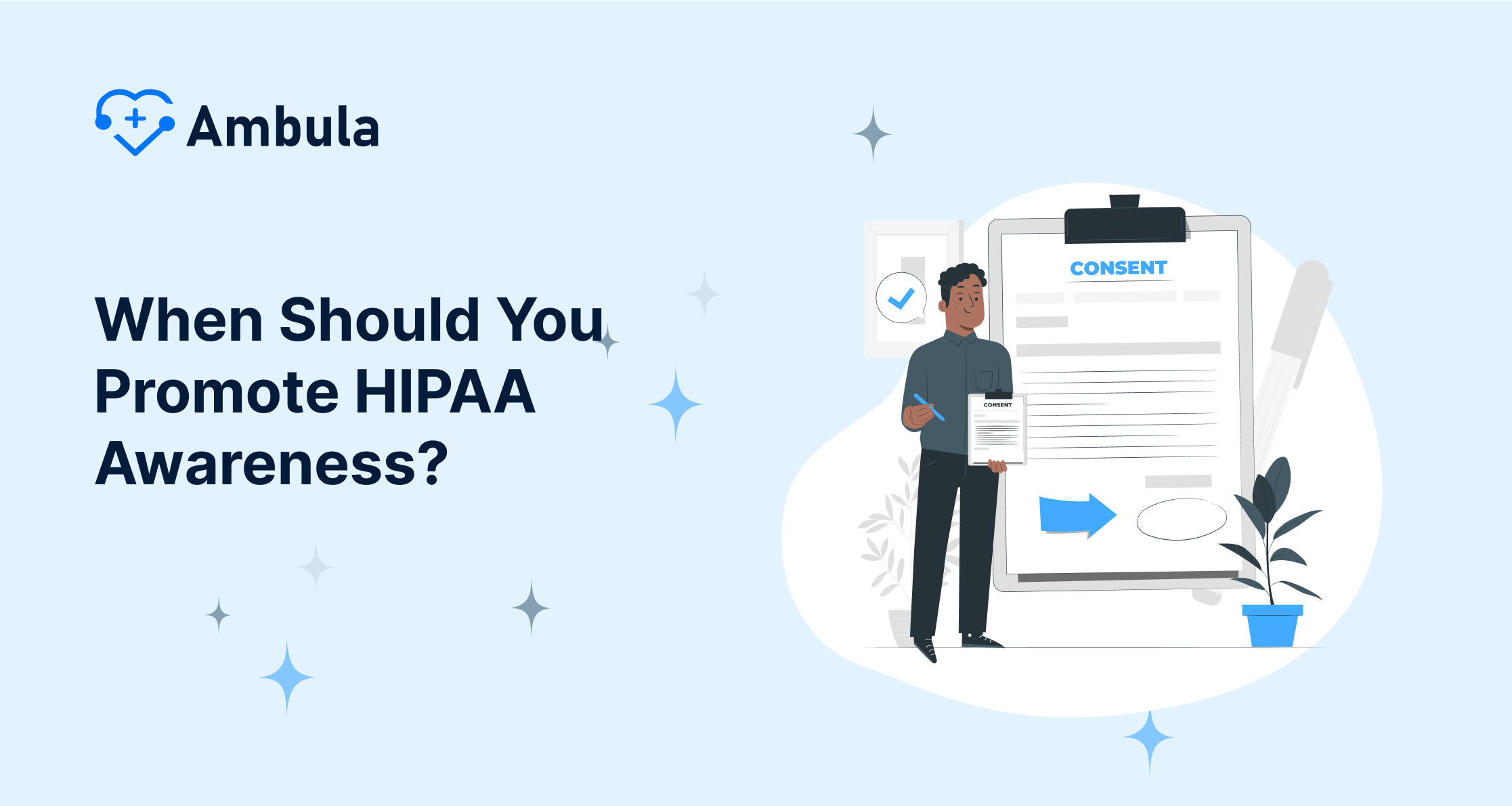Imbued with immense transformative potential, patient education has become an indispensable aspect of modern healthcare. This empowering tool imparts crucial knowledge about health conditions, treatment plans, and lifestyle changes to patients, allowing them to make informed decisions. As patients become more aware, they can better manage diseases, adhere to treatments, and cultivate healthier habits. This proactive approach has emerged as an effective strategy to tackle non-communicable diseases like heart disease, cancer, stroke, lung disease, and injuries, and mental health issues like depression and anxiety. Holistically, a well-rounded patient education plan optimizes health outcomes and increases patient satisfaction and a more positive overall patient experience.
The Role of Healthcare Professionals in Patient Education
Healthcare professionals, including family doctors and primary healthcare givers, play pivotal roles in patient education. The main objective is to influence patient behavior by imparting changes in knowledge, attitudes, and skills. This teaching of patients aims to help them maintain or improve their health. A trusting relationship between a healthcare provider and the patient forms the foundation for effectively educating the patients. The education content revolves around disease management and the importance of healthy lifestyle habits.
Teaching techniques used largely include written, audio-visual, and computer-based materials. The provision of information to patients during educational sessions contributes to the reinforcement of patient education. It facilitates an interactive learning process, ultimately enhancing patients’ understanding of their health conditions. This process contributes significantly to the cultivation of ‘expert patients.’
Recent Studies on the Benefits of Patient Education
These are just a few examples of the many studies that have shown the effectiveness of patient education
- A study published in the journal JAMA Internal Medicine found that patient education programs can significantly reduce hospital readmission rates. The study looked at data from over 100,000 patients discharged from the hospital with a diagnosis of heart failure. Patients who received patient education were 23% less likely to be readmitted to the hospital within 30 days of discharge than those who did not receive patient education.
- A study published in the journal Diabetes Care found that patient education can improve self-management of chronic diseases. The study looked at data from over 1,000 patients with diabetes. Patients who received patient education were more likely to adhere to their treatment plans and control their blood sugar levels better than those who did not.
- A study published in the journal Patient Education and Counseling found that patient education can improve quality of life. The study looked at data from over 500 patients with chronic diseases. Patients who received patient education reported better quality of life, including less pain, better sleep, and more energy, than those who did not receive patient education
Patient Satisfaction and Patient Experience
Patient satisfaction is directly proportional to an effective patient education program. High satisfaction levels lead to healthier patient outcomes and adherence to treatments. Patients’ experience potentially improves when they have enough knowledge to make informed decisions regarding their health. Catering to educational needs through effective teaching methods also amplifies patient satisfaction, as it promotes an informed consent process and cultivates shared decision-making.
Furthermore, excellent patient satisfaction and experience are indicators of an effective patient education program. They play an essential role in health literacy and the ability to navigate health systems. An increase in patient satisfaction is often reflected in the optimal utilization of medical services, referrals, and overall risk management. Patient satisfaction, patient experience, and positive behavior change contribute to preventive education, health promotion, and lifestyle changes.
Addressing Non-Communicable Diseases through Patient Education
Patient education is key in addressing non-communicable diseases such as heart disease, cancer, stroke, lung disease, and injuries. Training and education of healthcare professionals help them impart preventive healthcare to patients and manage their conditions effectively. When acquainted with their condition, patients engage proactively with check-ups and exhibit positive health behaviors.
For instance, specific disease education like arthritis and rheumatoid arthritis can offer non-pharmacological treatment solutions and ease anxiety. The education can also target unhealthy lifestyles leading to these diseases and focus on risk management. The emphasis on counseling patients about preoperative education can reduce complications like amputations and depression.
Reinforcing Patient Education through Different Approaches
One of the critical aspects of reinforcing patient education includes upholding trust and respect in the caregiver-patient relationship. Responsible self-management can be promoted through written materials, educational sessions, and technology for advancing education.
Health educators, equipped with competencies and personal ethics, ensure evidence-based care to patients. Health education reflects lifestyle changes and the promotion of disease-specific education. As a result, enhanced skill building and reinforcement in patient education can significantly sharpen patients’ understanding, leading to enhanced health optimization.
Utilizing Patient Organizations and Navigating Health Systems
Given their reach and influence, patient organizations can drive patient education. Through patient factors and illness perceptions, they can identify areas of need and shape education programs accordingly.
Knowledge in navigating health systems allows patients to use medical services effectively. With technological advancements, its use for patient education is becoming increasingly prevalent. Tools like virtual consults and apps make it easier to deliver problem-specific education and aid in health promotion.
- There are many different ways to deliver patient education. Patient education can be delivered through a variety of channels, including:
- Printed materials
- Online resources
- Individual counseling
- Group education programs
- Telehealth
- The best way to deliver patient education depends on the patient’s needs and preferences. Some patients prefer learning about their condition through printed materials, while others prefer participating in a group education program. It is important to tailor the delivery of patient education to the individual patient.
The Cultural Aspect in Patient Education
Accounting for the determinants of health, including cultural sensitivity, significantly impacts the effectiveness of patient education. Healthcare professionals need to be aware of racial disparities in healthcare and accommodate the needs of diverse racial and ethnic patients in their education programs.
Relationship-centered care acknowledges the significance of a patient’s cultural background and delivers education related to preventive health care that meets their specific needs. This approach to patient education boosts healthcare engagement and promotes better treatment outcomes.
The concept of patient education is steadily evolving, with a growing recognition of its importance in improving overall healthcare outcomes. An emphasis on counseling, shared decision-making, technology use, and effective patient communication can drive further advancements in patient education. The continued evolution of patient education will undoubtedly continue to play a pivotal role in advancing personal and global health outcomes.
Utilizing Technology to Advance Patient Education
Technology has revolutionized the landscape of patient education, offering innovative tools and platforms to enhance the delivery and effectiveness of patient education initiatives. By leveraging technology, healthcare providers and educators can reach a wider audience, personalize learning experiences, and provide patients with convenient access to educational resources.
Benefits of Utilizing Technology for Patient Education
Technology offers several advantages for patient education:
-
Accessibility and convenience: Technology-based patient education resources can be accessed anytime, anywhere, using various devices, such as smartphones, tablets, and computers. This accessibility empowers patients to learn at their own pace and revisit information as needed.
-
Personalized learning: Technology platforms can tailor patient education to individual needs and learning preferences. Adaptive learning algorithms can adjust content based on patients’ progress and responses, ensuring that they receive the most relevant and targeted information.
-
Interactive and engaging learning experiences: Technology enables interactive learning experiences that capture patients’ attention and promote active engagement. Multimedia content, such as videos, animations, and interactive simulations, can enhance understanding and retention of information.
-
Real-time feedback and support: Technology-based platforms can provide real-time feedback and support to patients, allowing them to ask questions and receive individualized guidance. Virtual chatbots, online forums, and telemedicine consultations can extend patient education beyond traditional clinic settings.
Emphasizing the Role of Health Educators in Patient Education
Health educators emerge as essential characters in the patient education sphere. They possess the competencies needed to develop and implement effective education programs. These programs are designed to build self-management skills and better health behaviors.
Health educators also play a critical role in assessing a patient’s learning process and evaluating the effectiveness of educational sessions. Through their professional and personal ethic, they espouse a culture of respect and trust that promotes an open dialogue about health, leading to better patient satisfaction and patient experience.
The Implications of Patient Literacy in Health Outcomes
Patient education has a significant bearing on the health outcomes of individual patients and the wider public. Patients well-informed about their condition can actively involve themselves in shared decision-making with their healthcare providers. This shared decision-making ensures that care plans align with patients’ values and preferences.
A firm understanding of one’s health condition facilitates adherence to treatment plans, enabling better disease management. Furthermore, informed patients can act as ambassadors of healthy lifestyles, inspiring changes in their communities and informing others about the importance of preventive health care.
Measuring the Impact of Patient Education
Evaluating the effectiveness of patient education programs is crucial to ensuring that these efforts are making a positive impact on patient outcomes. By measuring the impact of patient education, healthcare providers and educators can identify areas for improvement and refine their strategies to maximize the benefits for patients.
Methods for Evaluating Patient Education
Several methods can be used to evaluate the impact of patient education, including:
-
Pre- and post-tests: These assessments measure patients’ knowledge, attitudes, or behaviors before and after participating in a patient education program. Changes in scores between pre- and post-tests can indicate the effectiveness of the program.
-
Surveys and self-reported outcomes: These methods gather information from patients about their perceived improvements in knowledge, self-management skills, and overall health.
-
Clinical outcomes: These measures assess the impact of patient education on clinical outcomes, such as medication adherence, glycemic control in diabetes patients, or blood pressure control in hypertension patients.
-
Healthcare utilization data: These data can be used to track changes in healthcare utilization, such as hospitalizations, emergency department visits, and medication use, which may be associated with improved patient education.
Challenges in Effecting Successful Patient Education
While patient education holds immense benefits, achieving success may sometimes be challenging. Barriers such as language differences, cultural sensitivities, literacy level, and patient comprehension need to be addressed for effective education.
Healthcare providers must constantly update their teaching techniques and approaches to cater to each patient’s needs. They must devise strategies that promote skill-building and empower patients to take responsibility for their health.
With this understanding comes an appreciation of patient education’s role in influencing health outcomes and validating its necessity as a priority in health care. Effective patient education is key to bridging the gap between healthcare services and patients, fostering better health experiences, and improving overall health outcomes.

